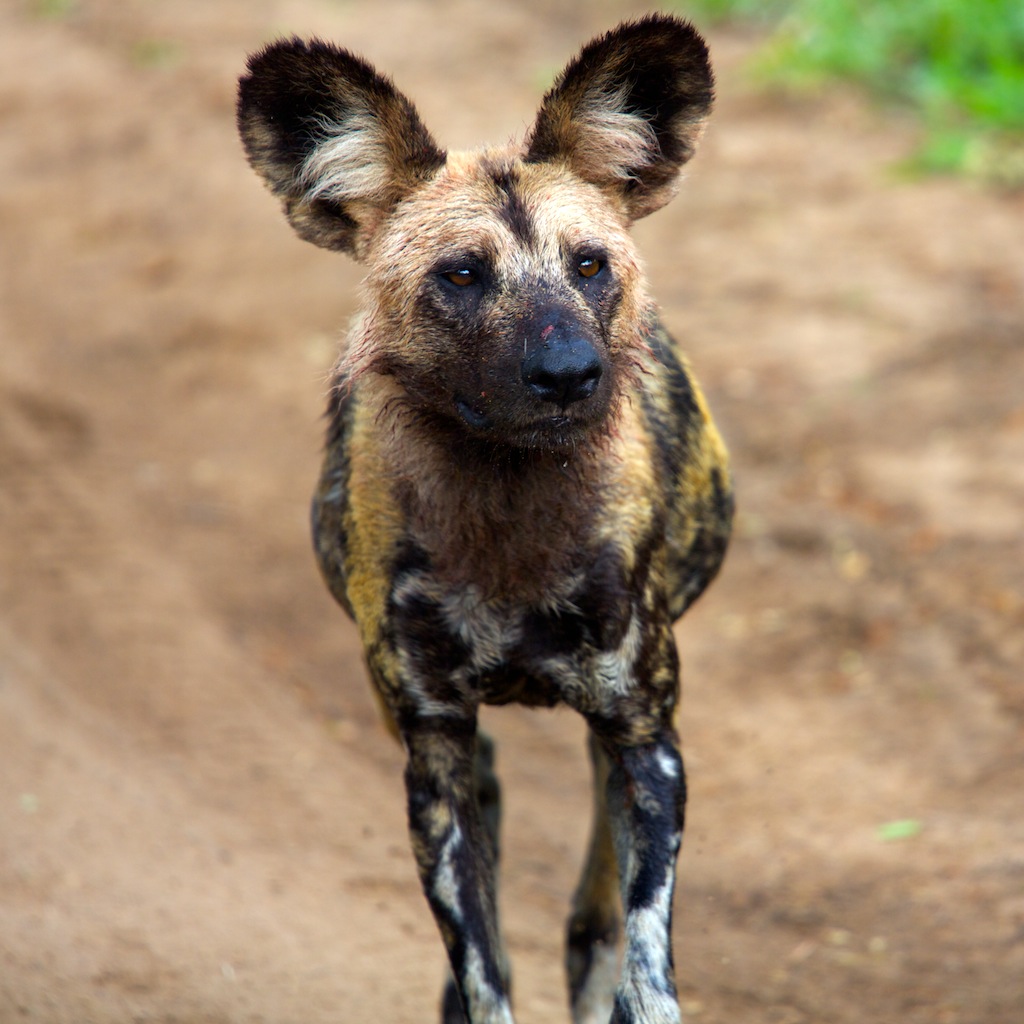

#Wild dogs in africa drivers#
Most species are listed as threatened or endangered with 77% still experiencing population declines due to anthropogenic drivers such as habitat loss, depleted prey populations, and poaching and direct persecution by humans. Recovery of wild dogs in Gorongosa could aid in the re-establishment of a larger, connected population across the greater Gorongosa-Marromeu landscape.ĭespite their ecological and socio-economic importance, large carnivores are currently highly threatened globally. This expansion could be stimulated by continued reintroductions over the short- to medium-term.

We predict further population expansion in Gorongosa given that 68% of the park is still unused by wild dogs. Potential mechanisms underlying these early successes were the avoidance of habitats intensively used by lions, dietary partitioning with lion, avoidance of human settlements, and Gorongosa’s management strategy. All indicators of success were fully achieved and this study documents the first successful reintroduction of wild dogs into a large, unfenced landscape in Mozambique and only the second on the continent. Consequently, the population grew significantly over the study period. Survival rate for all wild dogs was 73% and all mortality events were from natural causes. Founder and naturally formed packs produced pups in two of the three breeding seasons and packs successfully recruited pups. Post-release, we also observed natural pack formations as a result of multiple dispersal events. We found that pre-release, artificial pack formation in holding enclosures aided group cohesion and alpha pair establishment. We also assess how wild dog space use and diet influenced their success. We describe the first transboundary translocation and reintroduction of founding packs of wild dogs to Gorongosa over a 28-month study period and evaluate the success of the reintroduction based on five key indicator categories. To remedy this, reintroductions are now being implemented in Gorongosa, initiating with endangered African wild dogs ( Lycaon pictus), hereafter ‘wild dogs’. The ecological impact of the loss of large carnivores has been prominent in Gorongosa National Park, Mozambique, after most were extirpated during the 1977–92 civil war. Clean water needs to be provided at all times for drinking.Large carnivores have experienced widespread extirpation and species are now threatened globally. Whole or partial carcasses can be feed periodically. Wild Dogs in CaptivityĪfrican wild dogs in captivity can be fed a raw meat diet with knuckle bones and oxtail bones given twice a week. They will also need to have access to clean cool drinking water at all times. Make sure the water level is safe for small pups if any are present. You can also provide a shallow pond or pool for them to cool down in when needed. African wild dogs do well in the summer heat if shade is provided for each dog. If you are expecting pups, you need to keep the shelter area at 50 degree Fahrenheit or above for the pups. Warm climate species of canids will whelp, give birth, during the winter. You can use a heated water bowl to provide clean drinking water at all times. Make sure the heat source is secure and the dog cannot knock it over or lay too close to it and get burnt. The can be accomplished by installing a space heater, heat pads, or heat lamps. When housing an African wild dog in colder climates you will need to have supplemental heat source when the temperatures go below 40 degrees Fahrenheit. They will try to dig out so you will need to lay wire horizontally about 1 foot underground and 3 feet out to prevent them from escaping. You will need to have an enclosed top or an overhanging climb barrier that is a chain-linked section that is about 3 feet wide and is set at an inward and upward angle of 40 degree. The dog is a climber and can climb a chain-linked fence. They will try to climb and jump in corners. A cage with corners will give a spot for one dog to aggressively corner another dog. The best cage design for African wild dog is one that is circular. African Wild dogs Housing African wild dogs


 0 kommentar(er)
0 kommentar(er)
